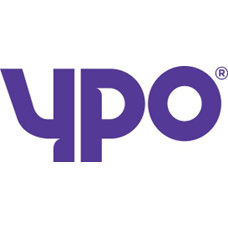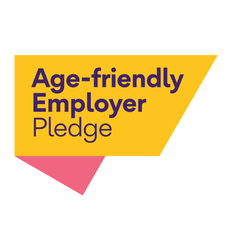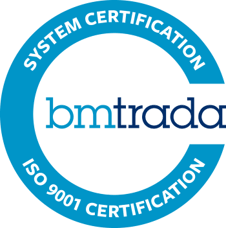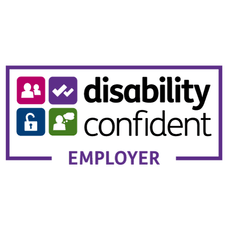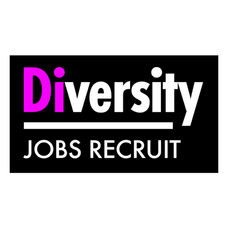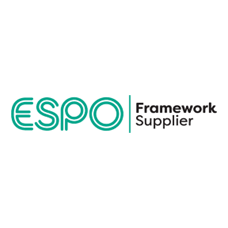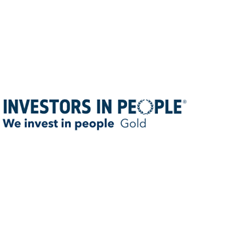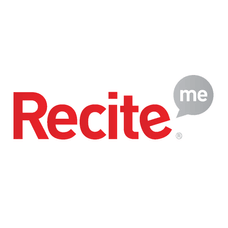When it comes to building an effective Diversity, Equity, Inclusion and Belonging (DEIB) strategy, it can be difficult to know where to begin. Finding a strategy that works for you is essential when developing your own equity and belonging approach. Here, we will explore where to begin and what you need to know to start your own equity, diversity and inclusion (EDI) strategy designed specifically for your business.
Four EDI Strategy Models – What Steps to Consider
There are various models of thought and frameworks for EDI, which can give you an idea of what your business can do to prepare for, or develop, a strong EDI strategy. You might choose one of these models to use within your business or adapt your own EDI strategy model based on elements that work best for you and your organisation.
The Four-Stage EDI Maturity Model
This focuses on establishing your starting place and curating an EDI strategy designed to enhance your current capabilities and inclusivity approach. As a model, this enables businesses to evolve their EDI practices, rather than begin from nothing. This model involves:
- Awareness – where is your business at currently? How does this compare to where you want to and need to be?
- Compliance – start implementing policies to meet legal and regulatory requirements.
- Strategic Integration – adjust strategies for an EDI lens including recruitment and business processes.
- Sustainable Culture – continually improve and implement processes to integrate your workforce into the EDI culture you want to achieve.
The Equity-Centred Design Thinking Model
This is a human-centred design focused on developing equity and inclusion within the workplace based off lived experience for marginalised groups. This model challenges systematic biases and power imbalances to implement intentional shifts in approach. This involves:
- Noticing – focus on finding the inequities within your own hiring practices.
- Reflecting – understand the ways in which your hiring practices and processes are influencing the diversity and inclusion of your workplace.
- Disrupting – start redesigning your approach to remove the barriers you’re experiencing.
- Creating – build inclusive recruitment experiences that demonstrate effective change.
- Sustaining – continually monitor your changes with feedback and data to implement future improvements backed by experience and evidence.
The 5P Model of Inclusive Recruitment
This framework is designed with recruitment in mind, offering five steps to make your hiring practices more inclusive. By hiring inclusively, you can ensure a diverse workforce that fosters equity and belonging. This framework includes:
- People – who engages in the hiring processes and are they trained to support EDI strategies?
- Processes – review your processes to ensure that they’re fair and transparent.
- Policies – do your business policies encourage and enforce equity and belonging principles?
- Practices – review daily hiring routines and approaches to ensure you are putting your approach into practice.
- Performance – measure performance and outcomes to assess whether changes are making improvements over time.
The McKinsey 7S Framework
This well-established framework is designed to analyse your organisation’s internal elements to align them with your strategic goals – including EDI development. This is a common business model which can be adapted to your EDI goals if already used within your business. The seven elements of this are:
- Strategy – what are your goals and desired outcomes of your EDI strategy?
- Structure – how are your recruitment teams organised to support inclusive hiring? How is your company structure conducive to a diverse work environment?
- Systems – what tools can be implemented to support inclusive hiring?
- Shared Values – what is your current organisational culture around equity and belonging? How does this need to be adapted to meet your goals?
- Skills – is your hiring team competent in inclusive hiring practices and policies? Is further training needed?
- Style – what is your leadership approach to EDI?
- Staff – do you have a diverse hiring team capable of representing the changes you are looking to make?
How to Pick the Right EDI Strategy Model for Your Business
To choose the right strategy for your organisation, you will first need to assess your current state and define goals of improvement. Then, you can develop an approach that suits your specific needs – whether that is diversifying your existing workforce or incorporating inclusivity measures throughout the hiring process. There’s plenty your business can do to not only recruit inclusively but also support a diverse workforce and foster belonging.
When choosing an EDI strategy approach, you will need to consider your overall business goals and how EDI feeds into these targets. For businesses looking to remain compliant with changing legislation, then a more straightforward approach such as the four-stage maturity model might be beneficial, allowing businesses to make immediate changes to remain compliant while offering the space and growth to develop more corporate social responsibility in future. This is perfect for businesses who cannot invest upfront but require some changes to their structure and EDI approach.
Whereas, if you’re a business looking to make widescale changes within your business to support truly equitable and diverse working, then adapting the McKinsey 7S framework might be a more comprehensive approach that offers the deeper insight you need to ensure all areas of your business are open and receptive to your EDI approach. By choosing a more comprehensive model, you can both boost your hiring processes, while also ensuring that there is the infrastructure in place within the business to support an equitable and inclusive culture.
What Good Looks Like
What good looks like will differ for every business. However, your workplace should foster a sense of belonging and inclusivity for all people and present no bias towards protected characteristics or any other differences for your workers. To begin your EDI strategy, you’ll need an intentional and solid foundation to support this important change.
Some indicators of success include:
- Inclusive culture – providing an open forum for conversation that ensures respect and dignity for everyone with zero tolerance for bias.
- Diverse workforce – that represents your customer base and local community and values the differences of each individual.
- Effective EDI strategy – a data-driven approach with clear policies and practices that hold everyone accountable and provides support and training.
- Clear business benefits – metrics are improving with a focus on better decision-making, improved employee engagement, and increased profitability from innovation.
How to Ensure Staff Involvement
It is important that you’re getting the buy-in of your workforce with the changes being made. Early engagement from your workforce can ensure that any EDI approach put in place is championed by all. It is only when everyone within the business works towards the shared EDI goals that a business can truly see improvements to the work environment.
To ensure staff involvement, you’ll need to:
- Invest in training – ensure that everyone has the necessary understanding of the topic to be able to support your EDI goals and actively contribute to an inclusive culture.
- Start from the top – leadership need to demonstrate your business’ EDI commitments. Make sure that your leadership team are both trained in EDI, as well as structured to accurately represent your workforce.
- Encourage discussions – through open communication and discussion, you can foster engagement with your workforce.
- Feedback – EDI strategies thrive off consistent feedback, communication, and workforce input. You will need to ensure that your employees feel listened to and represented throughout your EDI journey.
How Your Recruitment Partners Can Support Your EDI Strategy
A strong recruitment partner is crucial in developing and supporting your ongoing EDI strategy. We not only offer the advisory support to guide you through your EDI changes, but we can also ensure that each candidate contributes towards your goals while adding to the collective, supportive community that you’re creating. Our technology solutions also ensure minimal hiring bias and encourage inclusive recruitment practices, offering equitable access to work for all our candidates.
To learn more about how we can specifically support your business, contact our branches here: https://www.tate.co.uk/contact-us/our-branches/

